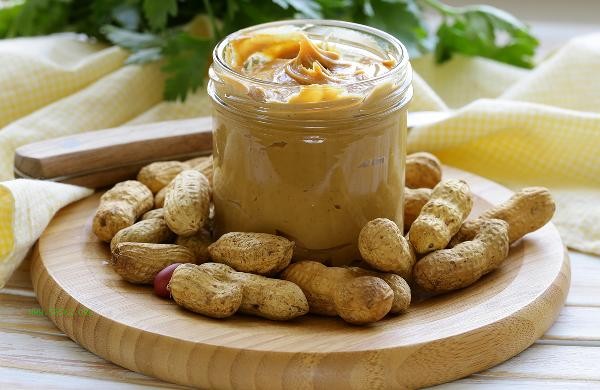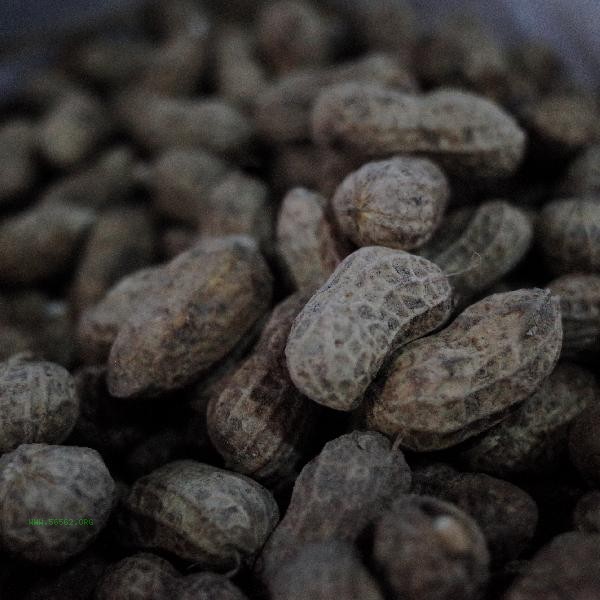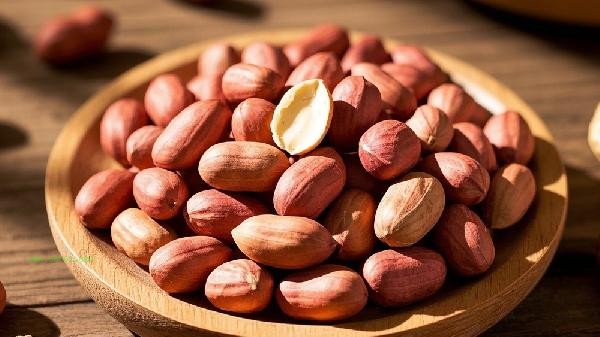The removal of potted small flying insects can be achieved through methods such as physical removal, natural insect repellents, soil treatment, environmental regulation, and biological control. Small flying insects are mostly fungal mosquitoes or aphids, which often breed due to excessive soil moisture or humus.

1. Physical clearance
Use yellow sticky insect boards to hang near potted plants and trap adult insects using their yellowing tendency. Manually remove the insect eggs on the back of the leaves, regularly rinse the plants with fine water flow, and focus on cleaning the leaf axils and tender shoots. Placing a water basin next to a desk lamp at night can lure and kill phototaxis flying insects.
2. Natural insect repellent
Garlic extract can be sprayed on the leaves to repel aphids. After soaking crushed garlic in water for 24 hours, filter and use. The tobacco water soaking solution has an inhibitory effect on fungal mosquito larvae and needs to be sprayed continuously for 3 days. Diluted dishwashing detergent can damage the wax layer on the surface of the insect body, and the ratio should be controlled at 500 milliliters of water plus 1 drop.
3. Soil Treatment
Cover the surface of the potting soil with 1 centimeter thick fine sand or diatomaceous earth to block the oviposition pathway of adult insects. When severely infected, replace with disinfected new soil. The old soil should be exposed to sunlight for 3 days or treated with microwave heating. Regularly loosen the soil and keep the surface dry, avoiding the use of immature organic fertilizers.

4. Environmental regulation
Control watering frequency, use immersion method to supplement water, and keep the tray free of water accumulation. Enhance ventilation to reduce environmental humidity, and maintain a distance of at least 20 centimeters between potted plants. Avoid burying tea leaves and fruit peels directly in the soil, and deeply apply decomposed organic fertilizers.
5. Biological control
introduces predatory nematodes to treat larvae in soil, which is harmless to pets and plants. Ladybugs can naturally control aphid populations and are suitable for outdoor balcony use. The spraying of Bacillus thuringiensis preparation has a significant effect on Lepidoptera larvae.

It is necessary to regularly inspect the bottom leaves and soil conditions of plants on a daily basis, and promptly deal with pest infestations in the early stages. The placement of plants should ensure at least 4 hours of light per day to strengthen their own insect resistance. Long term prevention and treatment require a combination of multiple methods to avoid relying on chemical agents. When there are severe pest infestations, plants can be isolated and observed, and severely damaged branches and leaves can be pruned and destroyed. Maintaining a clean planting environment is the fundamental measure to prevent the breeding of flying insects.








Comments (0)
Leave a Comment
No comments yet
Be the first to share your thoughts!